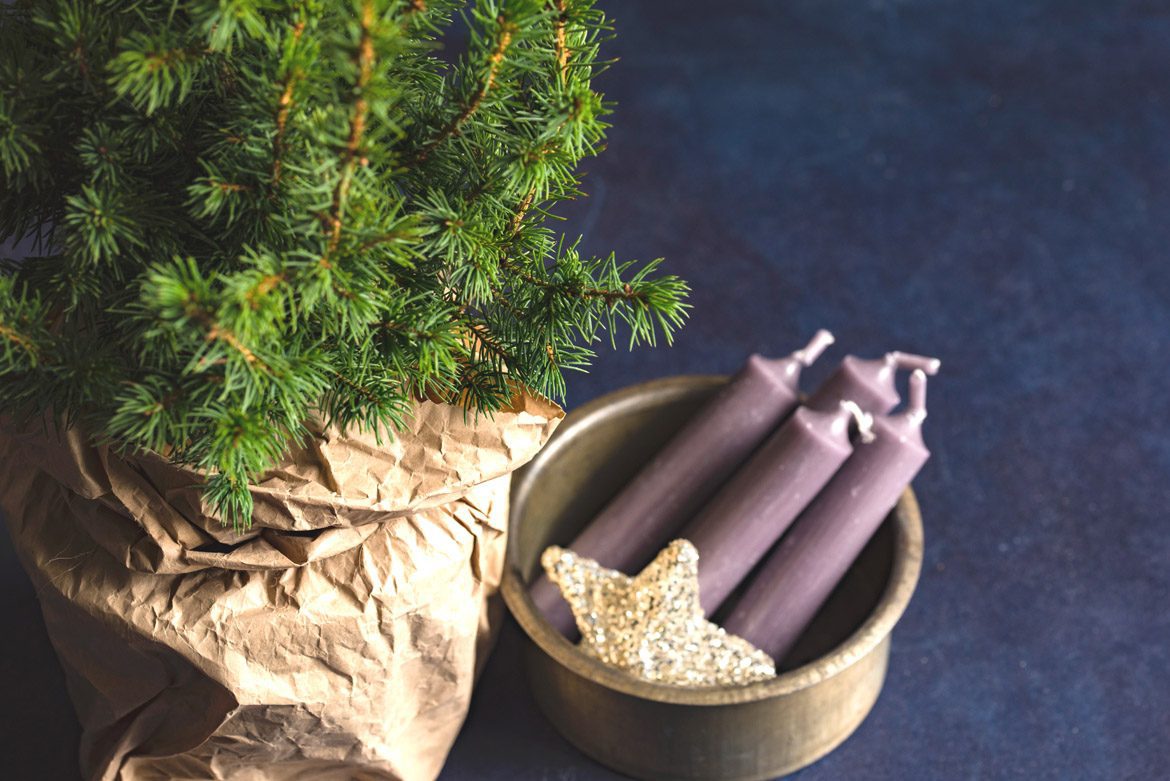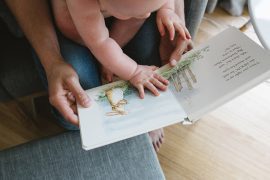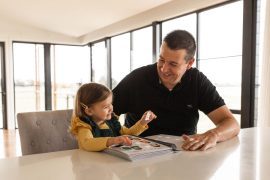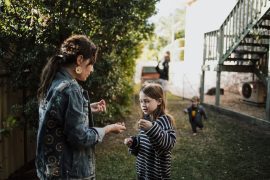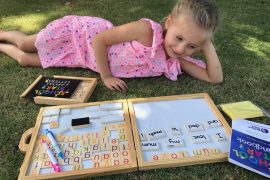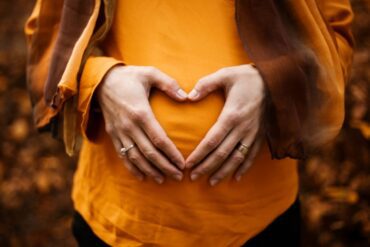By Emily Folk
Christmas is nearly here and it’s time to make that annual decision – do I pick up a real or fake Christmas tree? If I get a real tree, do I get one that has been cut, or do I get one in a pot that has roots? And perhaps most importantly, what can my Christmas tree teach my children about the environment? Most people probably aren’t thinking about that last question, but if you do really think about it picking out your Christmas tree can be a great teaching moment for your kids. What can they learn from your choice of Christmas tree?
A Bigger Carbon Footprint
What do you think has a bigger carbon footprint, chopping down thousands of trees every year or reusing the same artificial tree year after year? The answer might surprise you.
First, artificial trees are made of petroleum-based plastic – a nonrenewable resource. This actually accounts for a good portion of its carbon footprint. The rest comes from the manufacturing process – an artificial tree is equivalent to approximately 40 kilograms of greenhouse gas emissions. Once an artificial tree is at the end of its life, it is doomed to languish in a landfill, because plastic doesn’t decompose.
A real tree of approximately the same size ends up with a significantly smaller carbon footprint – around 16 kilograms of greenhouse gas emissions. Even if you decide to burn your tree at the end of the Christmas season, it still creates less of a carbon footprint than an artificial tree.
Overall, you would need to use an artificial tree for at least 10 years to reduce its carbon footprint to something equal to a real Christmas tree.
Cultivating a Green Thumb
You don’t have to be able to raise a garden to keep a Christmas tree alive during the holiday season, but it’s a good way to cultivate botanical awareness in your children.
Start at the tree plot by teaching them what to look for in a tree. Stick with healthy looking trees, with green needles and flexible branches. Once you get it home, make sure to cut about an inch off the bottom of the tree before you place it in water. This will allow your tree to actually use the water in your base.
Keep it well watered too – a cut tree can absorb upwards of a gallon of water a day, and up to 2 gallons after it is first placed. Don’t let it dry out either – a dry tree can quickly become a fire hazard.
If you choose a potted tree, it will not take as much water but it still needs to be cared for while it is decorating your home. Once the holiday is over, either wheel it out into the yard in its pot to live out the year in the sunshine, or plant it in your yard where it can grow. If you choose to keep it in its pot you could potentially use it as a Christmas tree until it grows too big to fit through your door, but you risk bringing in birds and insects when it comes indoors every year.
See next page for some tips on what to do with your tree after the holiday…

